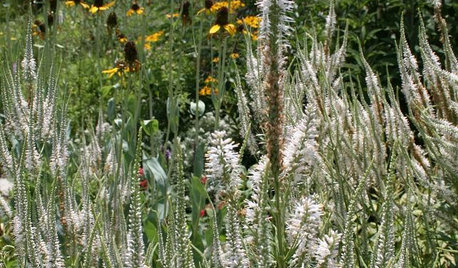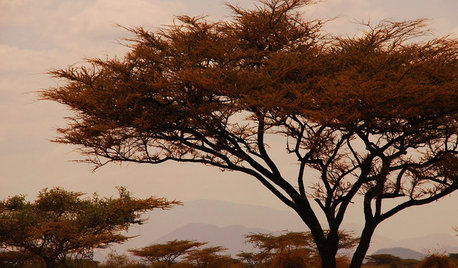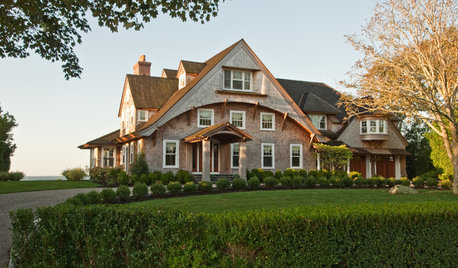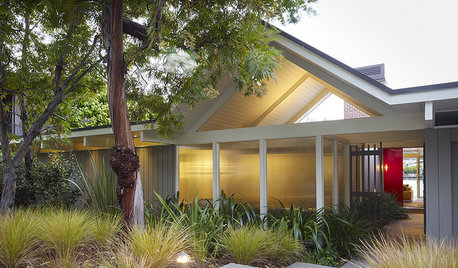Rooting mulberry cuttings outside over winter
fabaceae_native
11 years ago
Related Stories

GARDENING GUIDESGarden Myths to Debunk as You Dig This Fall and Rest Over Winter
Termites hate wood mulch, don’t amend soil for trees, avoid gravel in planters — and more nuggets of garden wisdom
Full Story
CENTRAL PLAINS GARDENINGGreat Design Plant: Culver's Root
Spiky summer blooms beloved by butterflies and architectural interest in winter make this Midwest native plant worth featuring in the garden
Full Story
LIFETracing the Deep Roots of Design
Are our design choices hardwired? Consider the lasting appeal of forms from the hunter-gatherer life
Full Story
HOUZZ TOURSHouzz Tour: Georgia Peach Grows California Roots
Southern Glamour and Bay Views Combine in Lush San Francisco Home
Full Story
ARCHITECTURERoots of Style: Spanish Eclectic Homes Find a Place in the Sun
Flexible stucco, intricate tiles and more have kept this multicultural style going strong for a century
Full Story
ARCHITECTURERoots of Style: Shingle Style Is Back — Here's How to Spot It
Intimate or rambling, in the coast or by the sea, Shingle homes are seeing a revival. Has your home joined in?
Full Story
ARCHITECTURERoots of Style: Midcentury Styles Respond to Modern Life
See how postwar lifestyles spawned a range of styles, including minimalist traditional, ranch, split level and modern shed. What's next?
Full Story
TRADITIONAL ARCHITECTURERoots of Style: Château Architecture Strides Through a Century
Live like a lord with design details that recall French estates of old, even if they're scaled down and updated for today
Full Story
TRADITIONAL ARCHITECTURERoots of Style: Pueblo Revival Architecture Welcomes Modern Life
Centuries-old details of adobe construction still appeal in the desert Southwest, adapted to today's tastes
Full Story
ARTThe Beauty of Bonsai — Living Art, Rooted in Harmony
Create your own emblem of nature's balance with an art form dating back 1,000 years
Full StoryMore Discussions








Bradybb WA-Zone8
lucky_p
Related Professionals
Londonderry Landscape Architects & Landscape Designers · Garden City Landscape Architects & Landscape Designers · Bergenfield Landscape Contractors · Cary Landscape Contractors · Dedham Landscape Contractors · Estelle Landscape Contractors · Lebanon Landscape Contractors · National City Landscape Contractors · San Carlos Park Landscape Contractors · Soddy Daisy Landscape Contractors · South Lyon Landscape Contractors · Vermilion Landscape Contractors · West Haverstraw Landscape Contractors · Reisterstown Landscape Contractors · Merrifield Landscape Contractorsglib
homegro
strudeldog_gw
fabaceae_nativeOriginal Author
happyballz
copingwithclay
wildforager
glib
fabaceae_nativeOriginal Author
TheDerek
lkz5ia